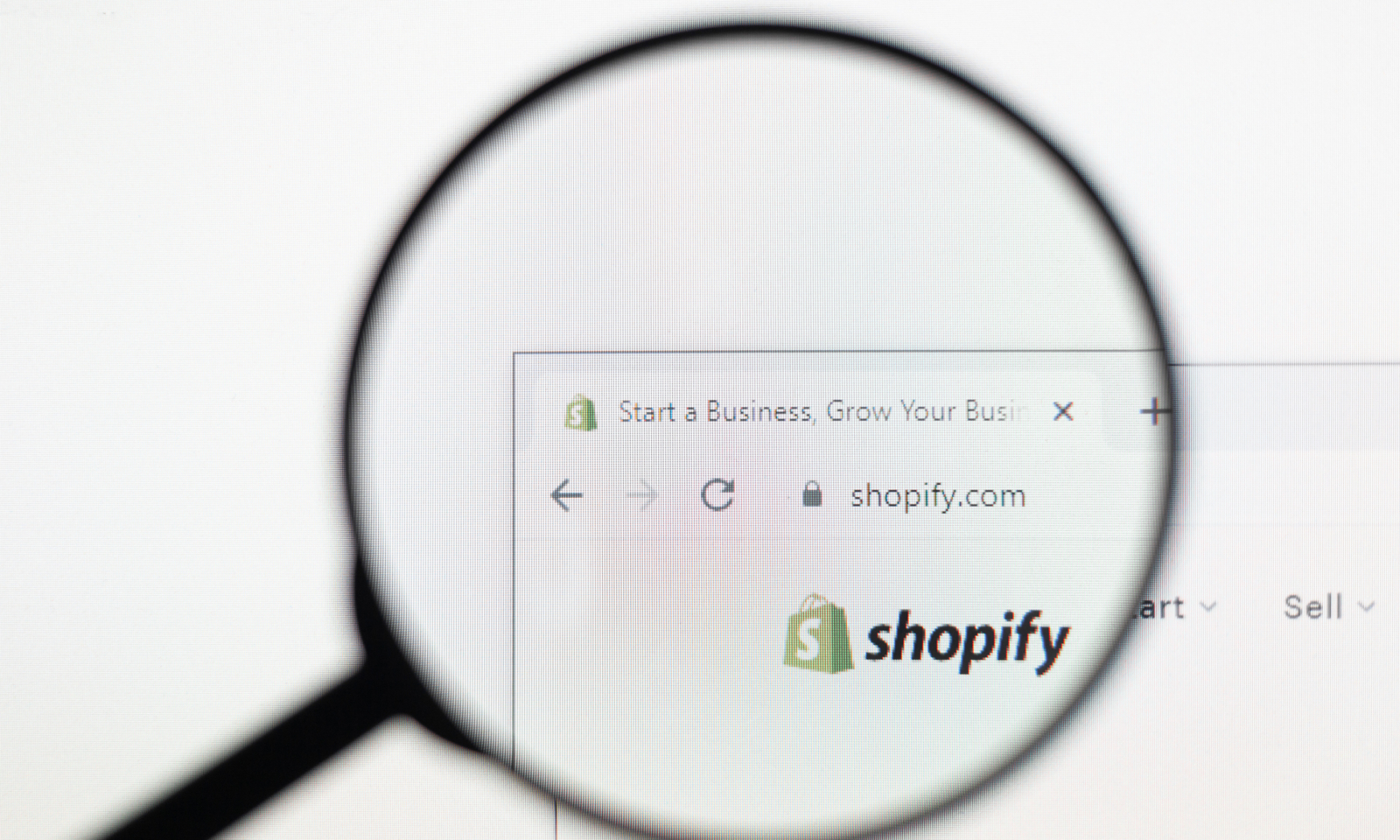1.75 million merchants sell on Shopify.
In June, the ecommerce platform announced that a new update was imminent, and with it came a huge range of new features and themes. It was rolled out in July.
The update, called Online Store 2.0, makes it easier for developers to customise storefronts, giving merchants more flexibility, creativity and control than ever before.
What’s the latest version of Shopify?
Online Store 2.0 is the most recent version of Shopify, and the main difference between this update and previous versions is the editor.
It’s the editor that makes building storefronts from scratch, adding theme extensions and managing apps within themes a whole lot easier.
In an ever-evolving digital world, many ecommerce businesses may be worried about the rise of headless commerce and feel that they are falling behind competitors, and feel that the current Shopify lacks the capability that open source ecommerce platforms offer when it comes to custom storefronts. They may also think that the only way to tackle this is to re-platform. Online Store 2.0
The idea is that merchants don’t have to consider re-platforming in order to keep up with the latest ecommerce developments and make their online store exactly what they need it to be, down to every last detail.
Online Store 2.0 key features
New theme architecture
Shopify merchants are no longer limited in the number of blocks (used to create functionality in custom themes) available within their store. Online Store 2.0 allows you to add sections to each new page without being limited by templates. Previously, you could only add these sections to the homepage, but now you have the option of added functionality throughout your website.
App blocks & modularity
Apps can be very useful for Shopify merchants when it comes to quickly and easily adding various functionalities to their online stores. However, until now there had been no way to integrate apps with themes, meaning developers had to code an integration logic which made it very difficult to create features that worked consistently across multiple themes. Theme app extensions with app blocks make it much easier to add a number of extensions for added functionality.
App modularity means that it’s possible to add and remove UI components through the theme editor, meaning you don’t have to access the theme’s code. This is a simple way to manage an app’s supporting assets and host them on the platform easily.
Metafields
A metafield in Shopify is an extra piece of data that apps attach to products, customers, orders and other objects within the Shopify universe. They are used in custom themes to store information that doesn’t otherwise have a home in the Shopify admin, for example part numbers or blog post summaries.
The new theme editor lets merchants add new metafields and properties without APIs or any form of coding. This gives you much more flexibility when it comes to your store’s content.
Shopify users are now free to add the content they want to their product pages, meaning there’s space for additional information that can help aid conversion, such as size charts or ingredient lists. This previously wasn’t possible without modifying your theme’s code. Metafields in Online Store 2.0 are far more flexible, allowing you to safely import commerce data.
File picker
Metafields also now supports media like images and PDF files. Gone are the days of hard-coding a particular file type into a theme – the metafield file picker allows you to upload the selected image type to your product pages.
New developer tools
Perhaps one of the most exciting features of Online Store 2.0 is the suite of brand new developer tools. These tools are designed to seamlessly integrate with Shopify and assist the process of developing, testing and deploying themes. The introduction of the Shopify GitHub integration, an updated Shopify CLI tool, and Theme Check means that theme development is more robust and streamlined, with version control to allow developers to collaborate safely when editing themes.
New default theme
Accompanying the launch of Online Store 2.0 is a brand new default theme that ties together all of the new features that come with the update. Shopify has named it Dawn.
Dawn is Shopify’s “first source available reference theme”, with a focus on speed (it loads 35% faster than Debut) and designed to deliver a great experience across all browsers, allowing merchants to make changes they deem fit for their business.
There are various other features that developers in particular are likely to be excited about – find the full list here.
Want to take advantage of Online Store 2.0? Get in touch to discuss our Shopify development services, from bespoke Shopify website builds to platform migrations.

